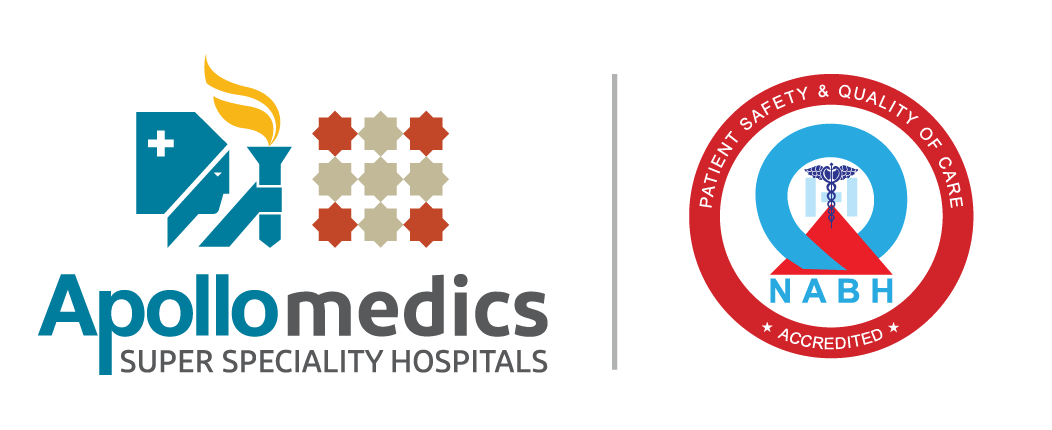Busting Myths & Facts about Oral Cancer
Cancers of the mouth (oral cavity) and throat (oropharynx) are the most lethal diseases of the mouth. Early detection and treatment of oral cancer is crucial, but myths about the disease can make this complicated. Regular dental exams are an important first line of defence against oral cancer. Additionally, educate yourself.
Here are five myths about oral cancer, along with the facts to dispel them:
Myth #1: Identifying the symptoms of oral cancer is simple.
Fact: Mouth or throat cancer can often appear in places that are difficult to detect, such as the lining of the mouth, the base of your tongue, lymph nodes, and tonsils. Regular dental visits are required to spot any problems. Also, be aware of symptoms that may indicate a problem, such as hoarseness, a mouth or lip sore or lump that does not heal, a white or red patch on the tongue, gums, tonsils, or mouth lining, unusual bleeding in the mouth, and difficulty swallowing.
Myth #2: Young people do not need to be concerned about oral cancer.
Fact: Because this type of cancer can take years to develop, most cases of oral cancer are found in people over the age of 50 in Uttar Pradesh region. However, the number of incidents associated with HPV and oral cancer has increased over time, putting younger people at greater risk. The HPV vaccine has the potential to significantly reduce oral HPV infections, which are a major risk factor for cancers of the throat and mouth.
Myth #3: Oral cancer screening is only performed on patients who are at high risk.
Fact: Going to the dentist is essential for good oral health in both young and old people. Oral cancer screening is now included in most dental exams, and it aids in the early detection of cancer when it is most highly curable. Your dentist can look for signs of oral cancer in your throat, mouth, and tongue during this non – intrusive routine. If your dentist discovers any unusual sores, discoloration, or lumps, you may be subjected to additional testing to determine the cause.
Myth #4: There are no methods of preventing oral cancer.
Fact: The most important step in preventing oral cancer is to quit smoking or never start smoking — and to avoid all tobacco products, such as chewing tobacco. Eating more fresh fruits and vegetables, drinking less alcohol, and restricting sun exposure on the lips can all help prevent oral cancer. Getting the HPV vaccine and practising safe sex also reduces your chances of contracting HPV.
Myth #5: Only people who smoke or use tobacco are at risk of developing oral cancer.
Tobacco and alcohol use are the two most prevalent risk factors for acquiring oral cancer. However, non-smokers and non-drinkers can still be diagnosed at some point in their lives. While genetics play a role in the development of oral cancer, other risk factors include a reduced immune system, protracted sun exposure, HPV infection, gender (men are more at risk), age (risk increases with age), and a poor diet.
The most crucial thing to look for are changes over time, such as a white spot turning red, a small spot expanding, a spot bleeding, or a lump or bump becoming painful.



